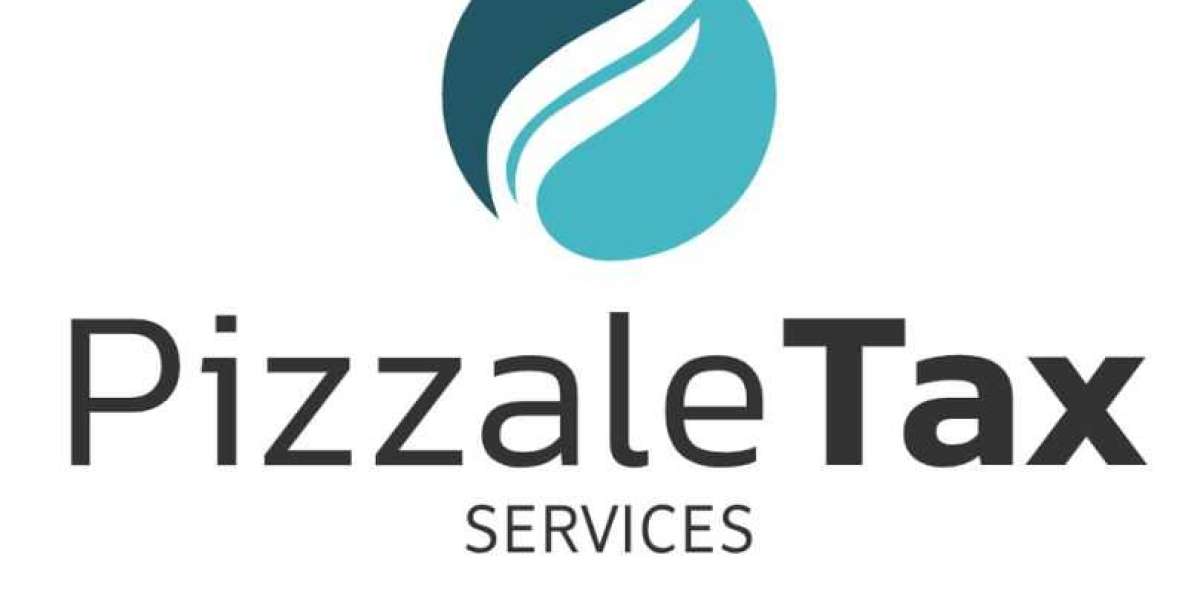Introduction
IRS debt can be a daunting challenge for many taxpayers in the United States. Accumulating tax debt can lead to severe financial and legal consequences, making it essential for individuals and businesses to address these issues promptly and effectively. This article aims to provide a comprehensive overview of IRS debt, its implications, and the steps taxpayers can take to resolve it.
What is IRS Debt?
IRS debt arises when an individual or business fails to pay their full tax liability by the due date. This can happen for various reasons, such as underestimating tax liability, encountering unexpected financial difficulties, or failing to file tax returns. Regardless of the cause, unpaid taxes result in accumulating interest and penalties, which can significantly increase the total amount owed over time.
Consequences of Unpaid IRS Debt
Failing to address IRS debt can lead to severe consequences:
- Interest and Penalties: The IRS charges interest on unpaid taxes starting from the due date of the return until the full balance is paid. Additionally, there are late payment penalties, which can accumulate rapidly, increasing the total debt.
- Tax Liens: If the IRS determines that a taxpayer is neglecting or refusing to pay their tax debt, they may file a federal tax lien. A lien secures the government’s interest in the taxpayer’s property, affecting their ability to sell or refinance assets.
- Wage Garnishment: The IRS can garnish wages by taking a portion of a taxpayer’s paycheck to satisfy the debt. This can create significant financial strain as individuals are left with less disposable income.
- Asset Seizure: In extreme cases, the IRS has the authority to seize assets, including bank accounts and personal property, to collect unpaid taxes.
- Credit Score Impact: Tax liens can negatively impact a taxpayer’s credit score, making it more difficult to obtain loans or other forms of credit.
Steps to Resolve IRS Debt
Addressing IRS debt requires proactive measures and a clear understanding of available options:
- Assess the Situation: The first step is to assess the total amount owed, including interest and penalties. Taxpayers can do this by reviewing IRS notices or accessing their account information on the IRS website.
- File All Tax Returns: If any tax returns are missing, it's crucial to file them as soon as possible. Filing all outstanding returns helps establish an accurate picture of the tax situation and can prevent additional penalties.
- Communicate with the IRS: Open communication with the IRS is essential. Taxpayers should contact the IRS to discuss their situation and explore possible solutions. Ignoring IRS notices or failing to respond can exacerbate the problem.
- Explore Payment Options: The IRS offers several payment options to help taxpayers manage their debt:
- Installment Agreements: Taxpayers can request an installment agreement to pay their debt over time. This involves making monthly payments until the balance is fully paid. Depending on the amount owed, installment agreements may be set up online or require IRS approval.
- Offer in Compromise (OIC): An OIC allows taxpayers to settle their tax debt for less than the full amount owed if they can demonstrate an inability to pay. The IRS considers factors such as income, expenses, and asset equity when evaluating an OIC request.
- Currently Not Collectible (CNC) Status: If a taxpayer is experiencing significant financial hardship, they may qualify for CNC status. This temporarily delays collection efforts, although interest and penalties continue to accrue.
- Consider Professional Help: Navigating IRS debt can be complex, and seeking professional assistance from a tax attorney, enrolled agent, or certified public accountant (CPA) can be beneficial. These professionals can provide guidance, negotiate with the IRS on behalf of the taxpayer, and help develop a strategy for resolving the debt.
Preventing Future IRS debt
Once a taxpayer resolves their IRS debt, it's essential to take steps to prevent future occurrences:
- Accurate Tax Planning: Proper tax planning can help individuals and businesses estimate their tax liabilities accurately and avoid underpayment. This includes understanding deductions, credits, and any potential changes in tax laws.
- Timely Tax Payments: Ensuring that taxes are paid on time, whether through withholding or estimated tax payments, can prevent the accumulation of debt and associated penalties.
- Regular Financial Review: Conducting regular financial reviews and budgeting can help taxpayers identify any financial issues early and take corrective actions before they lead to tax debt.
- Use of Tax Software or Professionals: Utilizing tax software or hiring professionals can help ensure accurate tax filing and minimize errors that could lead to underpayment or missed deadlines.
Conclusion
IRS debt is a serious issue that requires immediate attention and action. Understanding the implications of unpaid taxes and exploring available solutions is crucial for resolving tax debt and preventing future occurrences. By taking proactive steps, communicating with the IRS, and seeking professional assistance if needed, taxpayers can effectively manage their tax obligations and work towards financial stability. Whether you're an individual or a business owner, addressing IRS debt promptly can alleviate stress and secure your financial future.







